
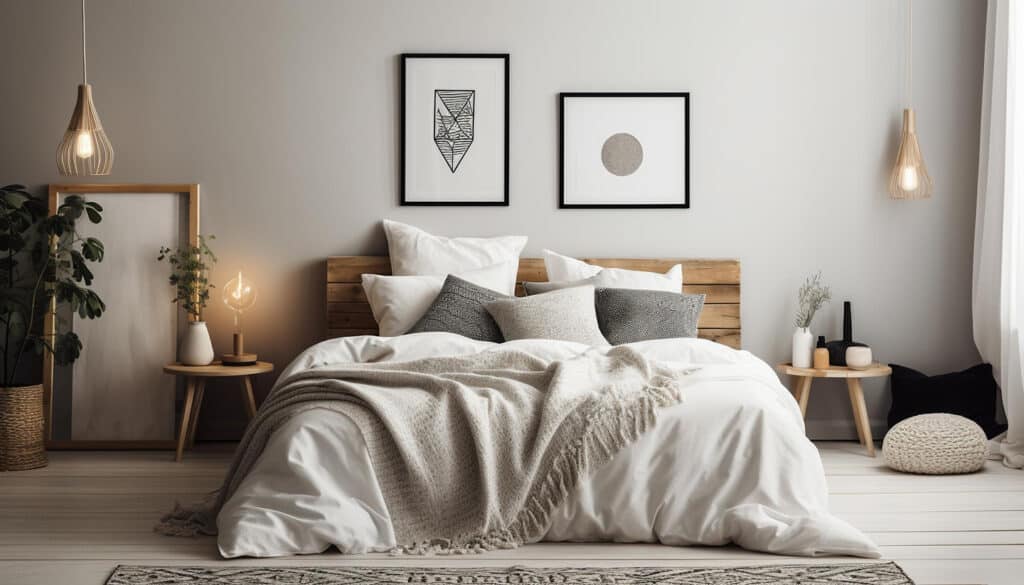


In this article, we invite you to discover the 10 boundless possibilities that wood offers in shaping and defining the character of our living spaces.
From the foundational elements of wood flooring and furniture to the finer details of accents and lighting, this extensive exploration will unravel the secrets of creating harmonious interiors infused with the ageless essence of wood.
1. Types of Wood for Interior Design
Selecting the perfect wood type lays the groundwork for any interior design endeavor. Each wood variety possesses distinct characteristics, making it imperative to align these traits with the intended aesthetic and functionality of the space. Understanding these subtleties allows for informed decisions that resonate with the unique identity of the living space.
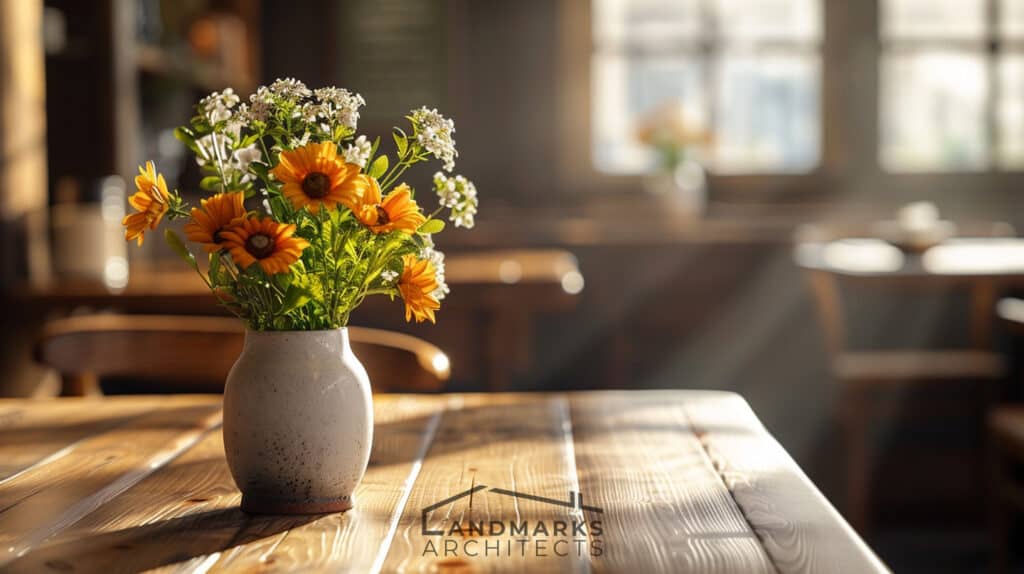
Oak: Known for its durability and prominent grain patterns, oak is a versatile wood type that works well in various interior styles. Red oak has a warm, reddish hue, while white oak is lighter in color.
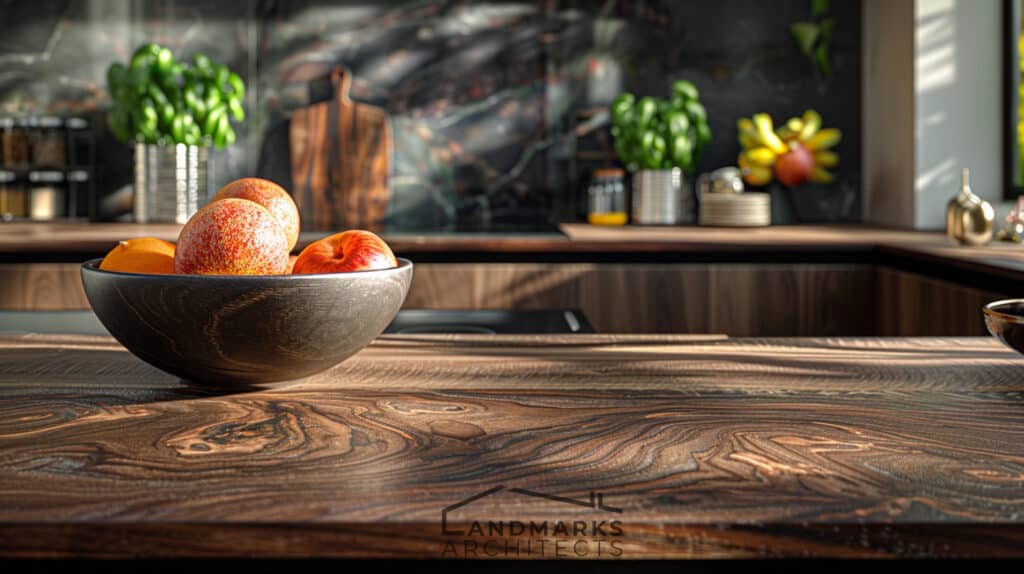
Walnut: Walnut wood is prized for its rich, dark tones and often features a straight grain with occasional swirls. It adds a touch of sophistication and warmth to interior spaces.

Maple: With a light and uniform grain pattern, maple is a popular choice for modern and contemporary interiors. It is known for its durability and ability to take on different finishes.
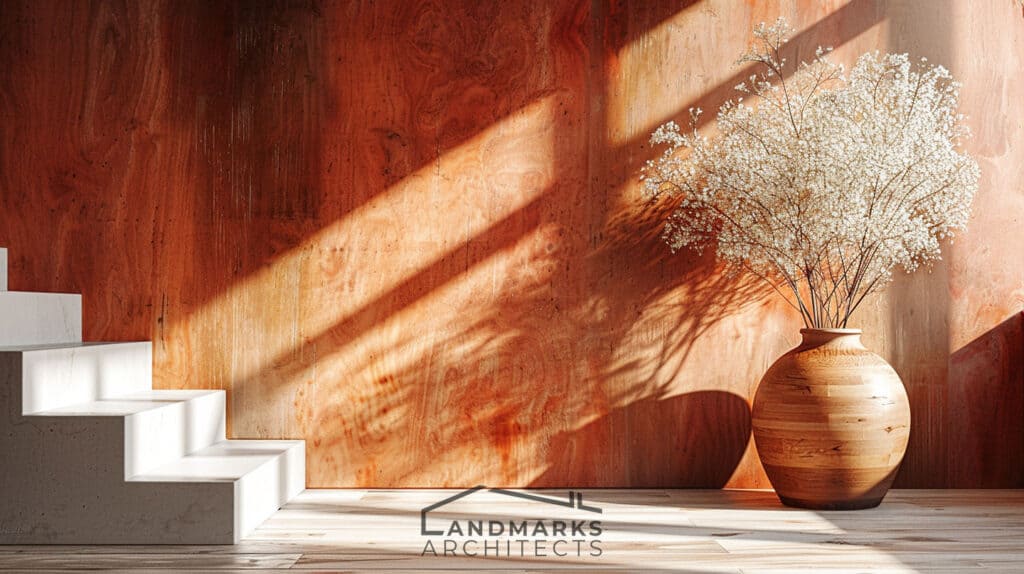
Cherry: Cherry wood features a reddish-brown hue that deepens over time, giving it a warm and elegant appearance. It’s often used in traditional and formal interior designs.
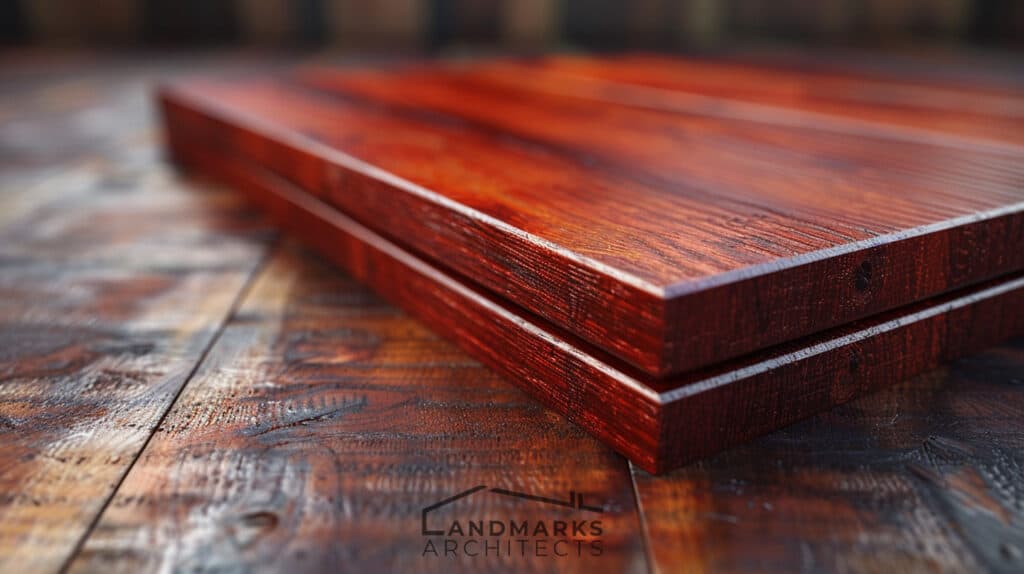
Mahogany: Mahogany is known for its reddish-brown color and straight grain. It’s a luxurious wood choice that adds a timeless and classic touch to furniture and interior elements.
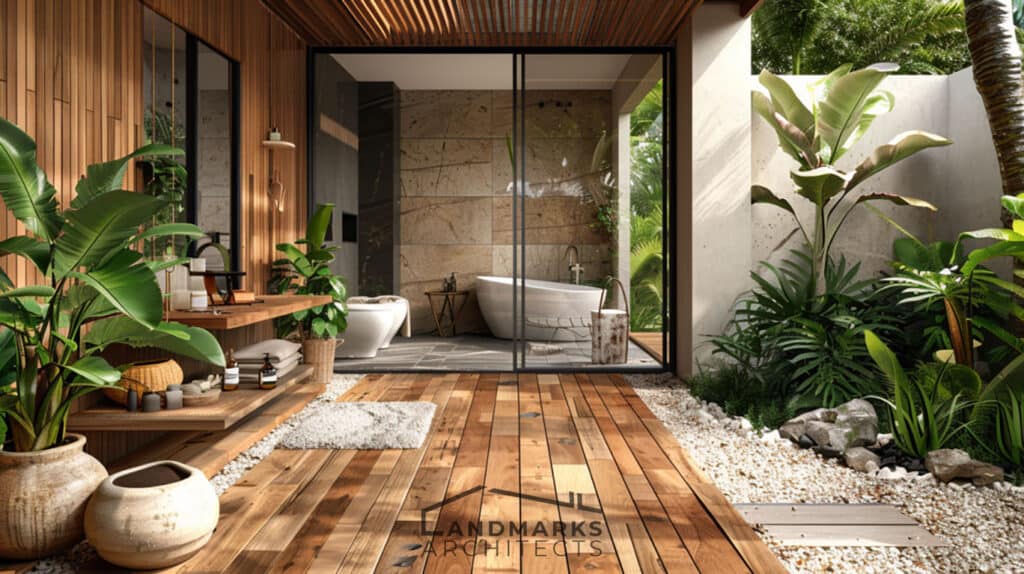
Teak: Teak is valued for its natural resistance to moisture, making it an excellent choice for bathrooms and outdoor furniture. It has a golden-brown color that weathers gracefully over time.
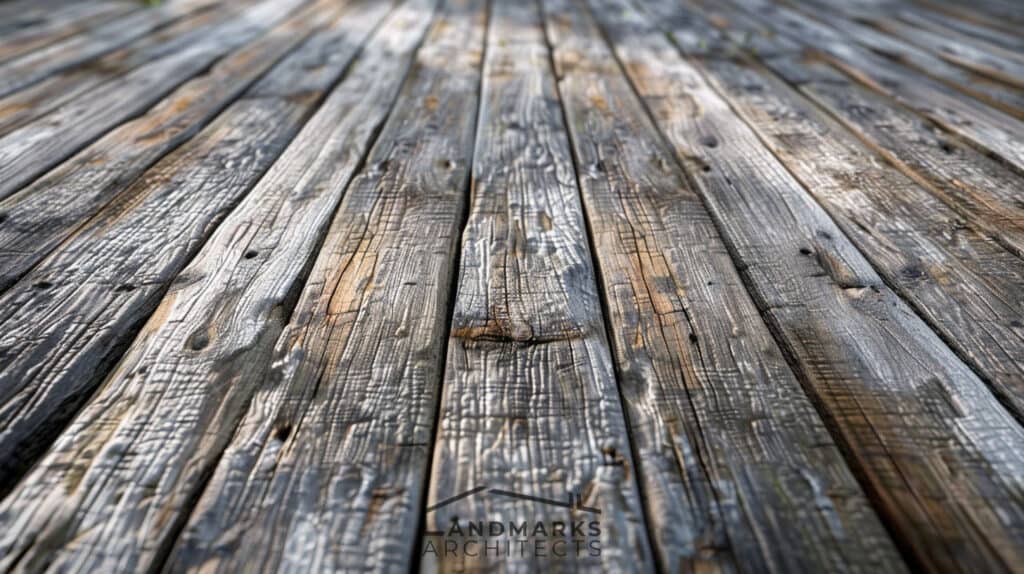
Reclaimed Wood: This type of wood is sourced from old structures like barns or warehouses. It adds character and a sense of history to interior spaces, often used for flooring, furniture, and wall paneling.
2. Popular Wood Interior Architectural Trends
Wood has long been cherished in interior design for its timeless appeal and versatility. In recent years, we’ve witnessed a resurgence of interest in various wooden interior architectural styles that seamlessly blend tradition with modernity. In this exploration, we’ll explore the trending wooden interior architectural styles that are shaping contemporary living spaces.
Modern Rustic
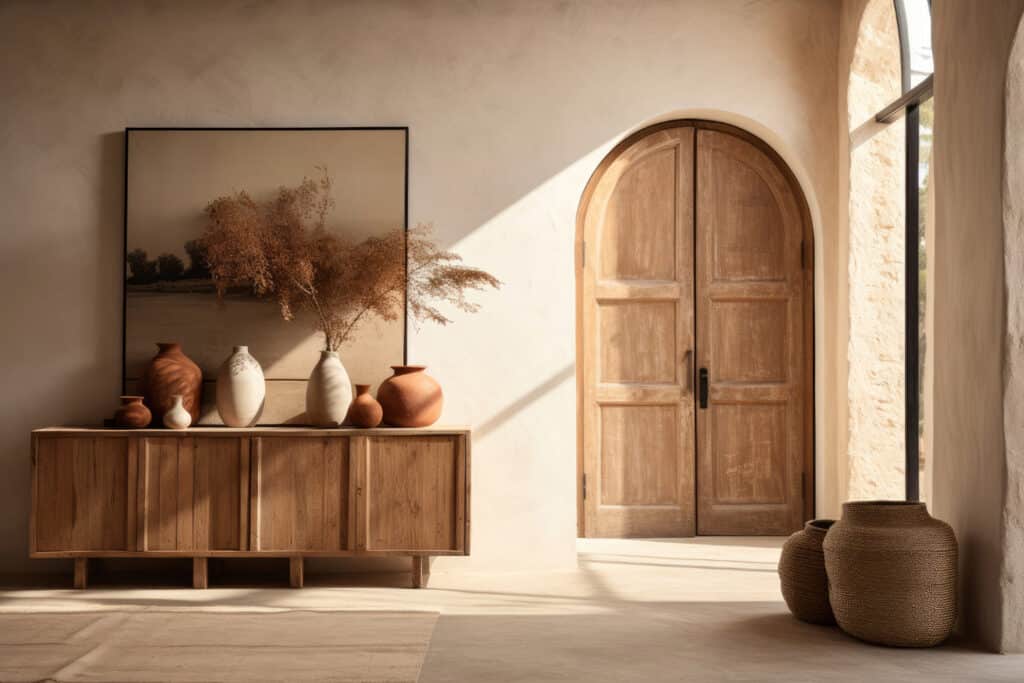
Modern Rustic is a style that combines contemporary elements with rustic charm, creating spaces that feel both sophisticated and down-to-earth. Exposed wooden beams, reclaimed wood, and natural textures play key roles in defining this aesthetic. Neutral color palettes prevail, allowing the natural beauty of the wood to shine and establish a harmonious atmosphere.
Scandinavian Minimalism
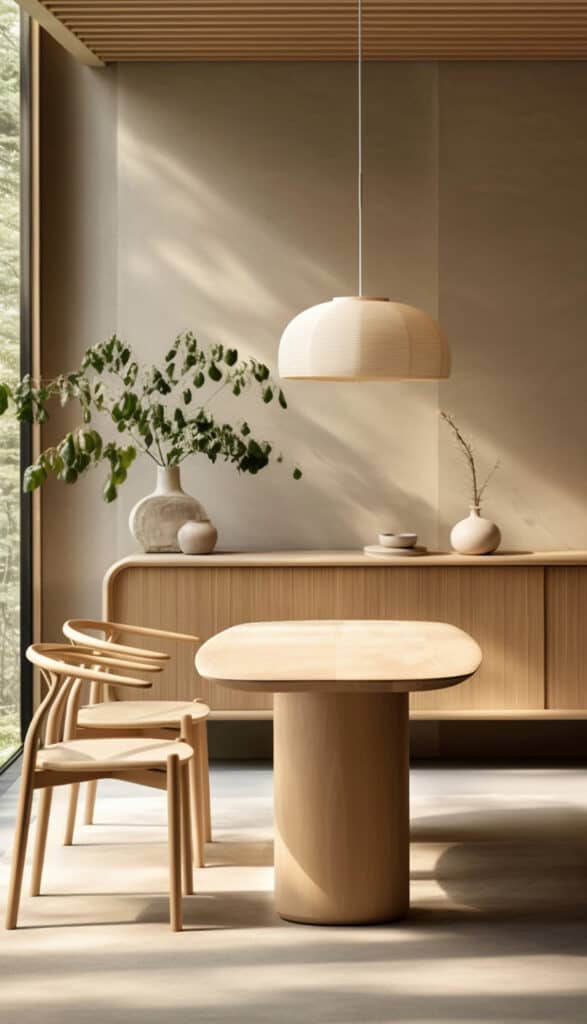
Scandinavian Minimalism with Light-colored woods, such as pine or birch, contribute to the brightness of spaces. The minimalist furniture and open layouts create an airy feel, promoting a sense of calm and uncluttered elegance.
Industrial Chic
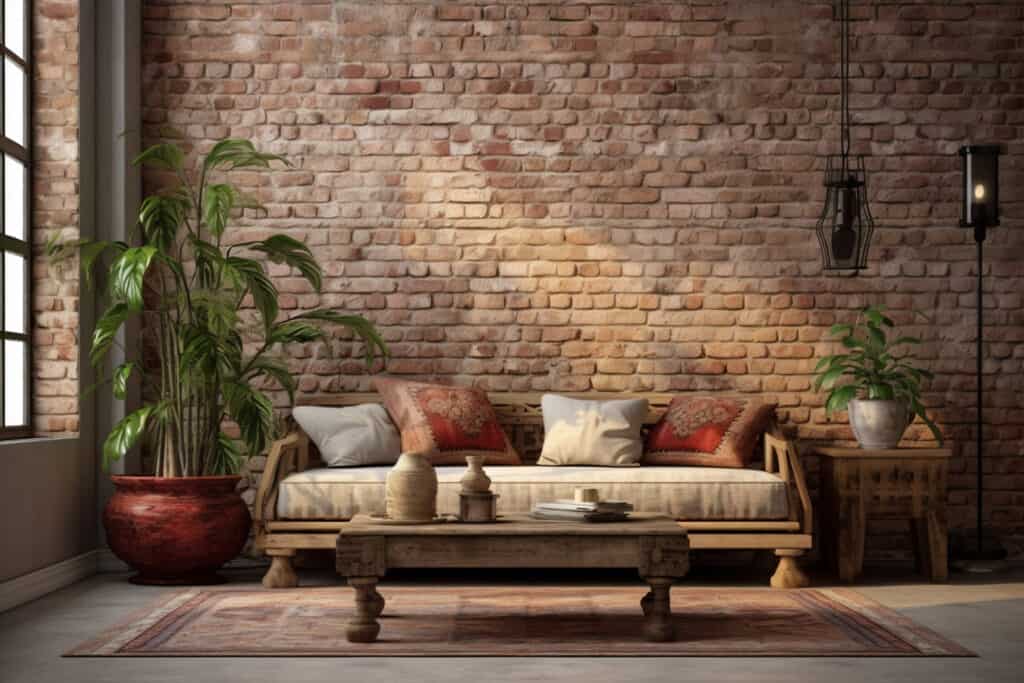
Industrial Chic brings an urban edge to wooden interior design by blending raw, industrial elements with warm wood tones. Exposed brick, metal accents, and distressed wood characterize this style. Incorporating salvaged or reclaimed wood adds authenticity and a touch of history to the space.
Mid-Century Modern
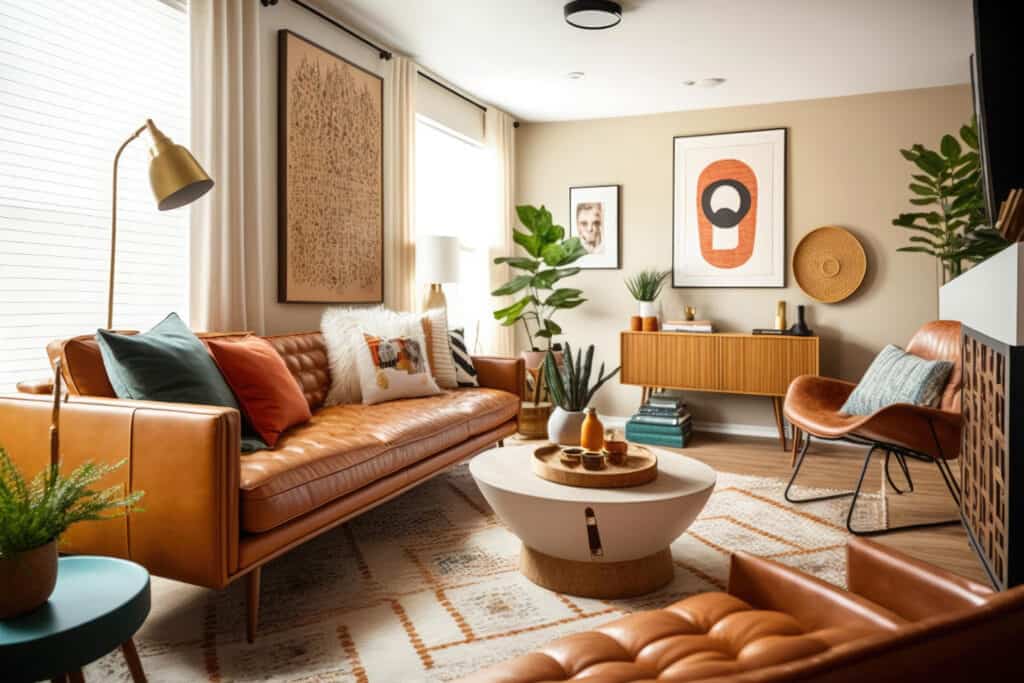
Mid-Century Modern design, with its retro-inspired aesthetic and modern sensibilities, remains a timeless choice. Teak and walnut woods take center stage, complemented by clean lines and iconic furniture pieces. Geometric patterns add a touch of playfulness to this enduring style.
Bohemian Eclectic

Bohemian Eclectic style celebrates an eclectic mix of patterns, textures, and global influences. Wooden furniture with intricate carvings becomes a canvas for artistic expression. Layering rugs, cushions, and textiles create a cozy, lived-in feel that encourages self-expression and individuality.
Farmhouse Chic

Farmhouse Chic merges rustic charm with elegant touches, offering a contemporary take on traditional farmstead aesthetics. Whitewashed or distressed furnishings set the tone, with shiplap walls, barn doors, and farmhouse-style accessories adding a touch of nostalgia.
Japanese Zen
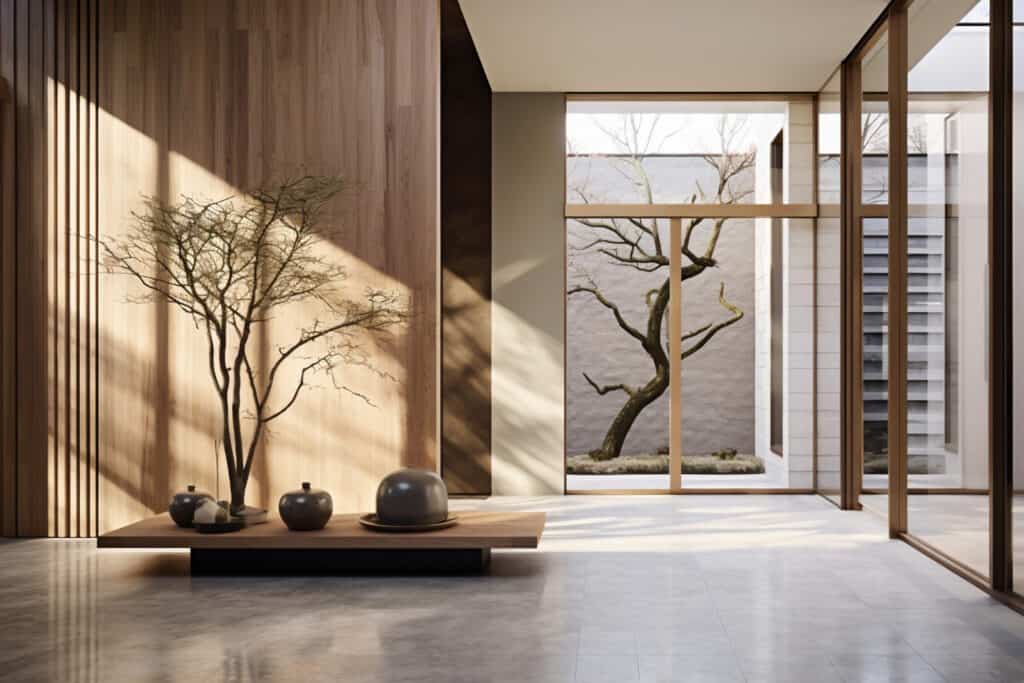
Inspired by Japanese aesthetics, Japanese Zen design creates a serene and minimalist atmosphere. Natural woods like cedar or bamboo are used to evoke a calming ambiance. Shoji screens, low furniture, and open spaces contribute to the simplicity and balance characteristic of Japanese design.
Transitional Elegance
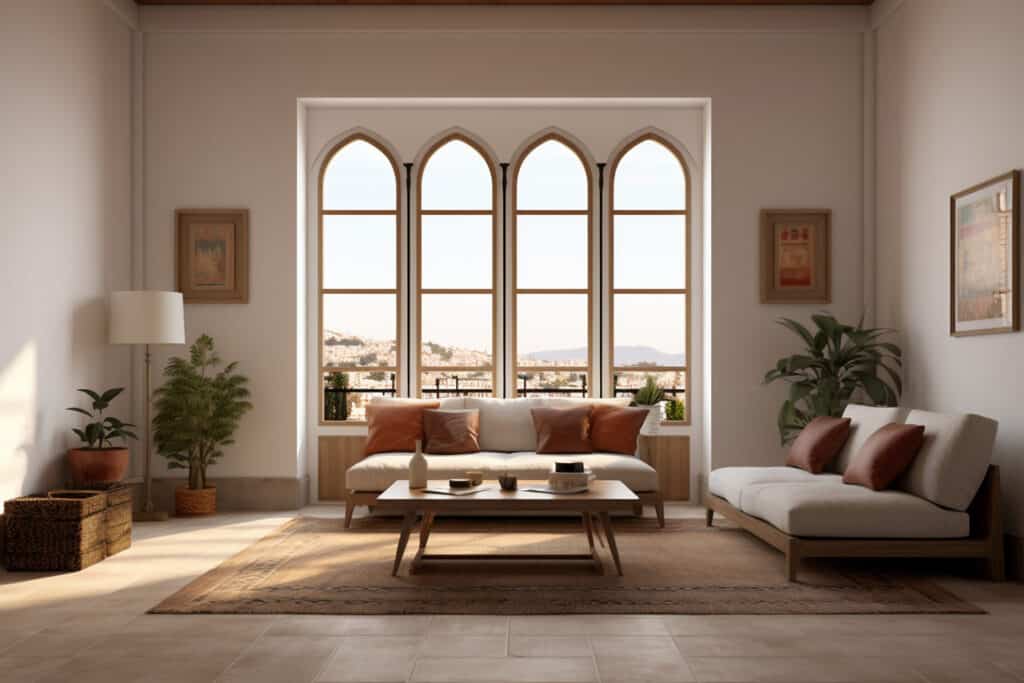
Transitional Elegance strikes a balance between traditional and contemporary elements. Dark wood tones and transitional furniture pieces bridge the gap, creating a sophisticated and timeless appeal. Merging classic architectural details with modern aesthetics defines this versatile style.
Coastal-Inspired
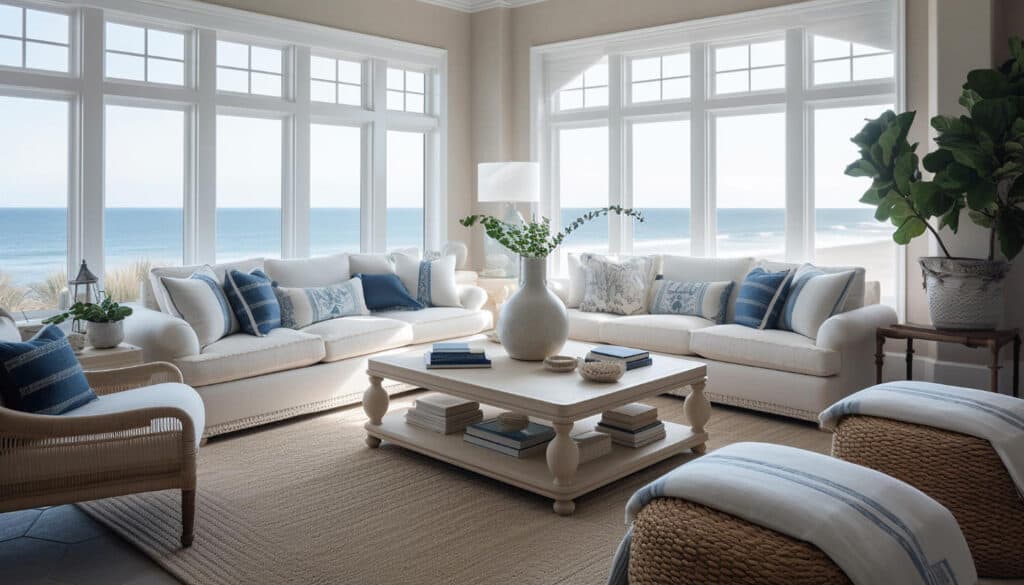
Coastal-inspired design brings the refreshing feel of the seaside into interior spaces. Light and breezy, with whitewashed or light-colored wooden furniture, this style often incorporates nautical elements like rope accents and maritime colors to create a relaxed, beachy atmosphere.
Nordic Hygge

Embracing the Nordic concept of coziness and well-being, Nordic Hygge employs warm wood tones, plush textiles, and layered lighting to create a welcoming atmosphere. Simple and comfortable furniture invites relaxation, encouraging a sense of comfort and contentment.
3. Creative Use of Wooden Wall Paneling
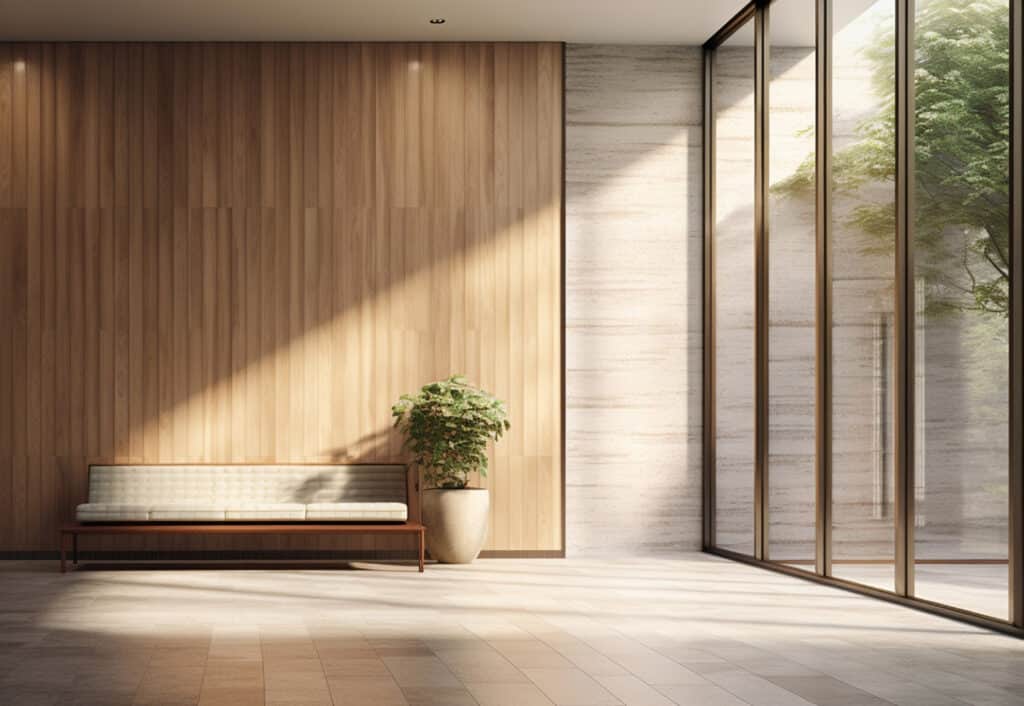
Walls, often overlooked as mere structural elements, become canvases for artistic expression through creative uses of wooden wall paneling. This section pays to the expansive domain of possibilities, exploring how wooden wall paneling can add depth, texture, and character to any room, showcasing the remarkable versatility of wood in design.
Reclaimed barn wood narrates tales of history and resilience, injecting rustic charm into a space. Conversely, sleek, stained panels lend a modern touch, transforming walls into elegant focal points.
4. Incorporate Wood in Flooring
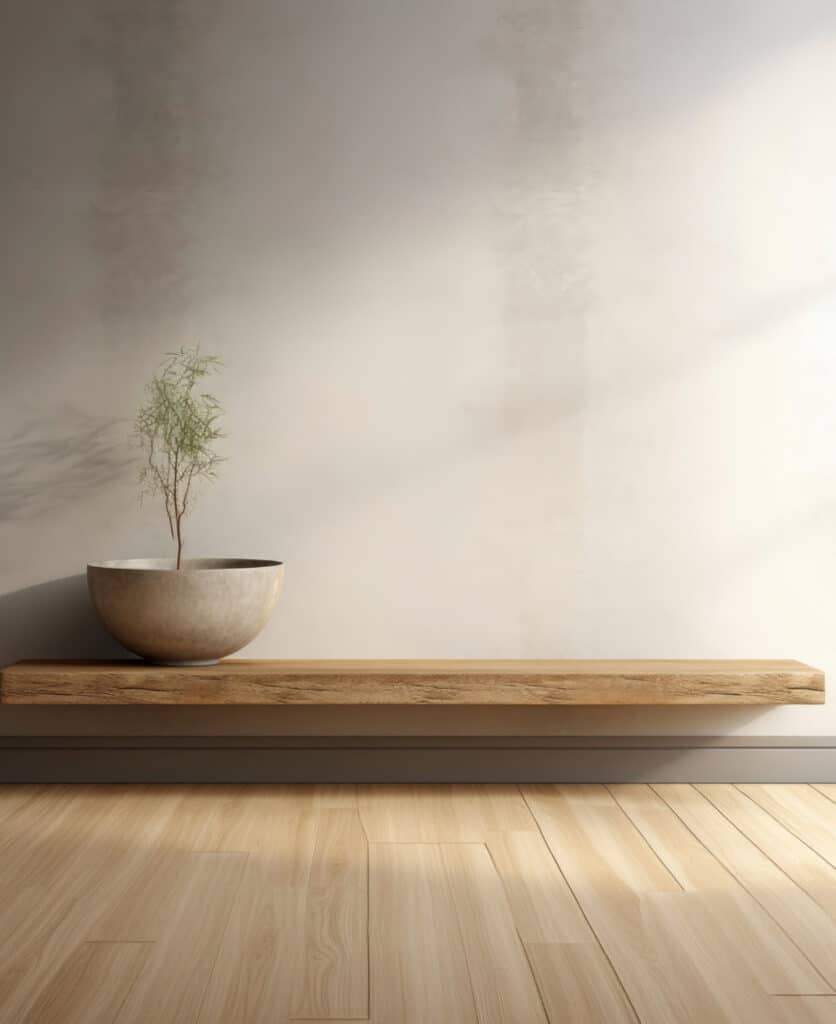
The foundation of a well-designed space often lies beneath our feet, and wooden flooring serves as a foundational and aesthetic anchor. Beyond traditional hardwood options, engineered wooden flooring introduces flexibility and sustainability into the design equation. Delve into the varied possibilities, from intricate herringbone patterns to classic wide plank floors, discovering how the right wooden flooring can set the tone for an entire room while providing durability and visual appeal.
5. Wooden Furniture Designs
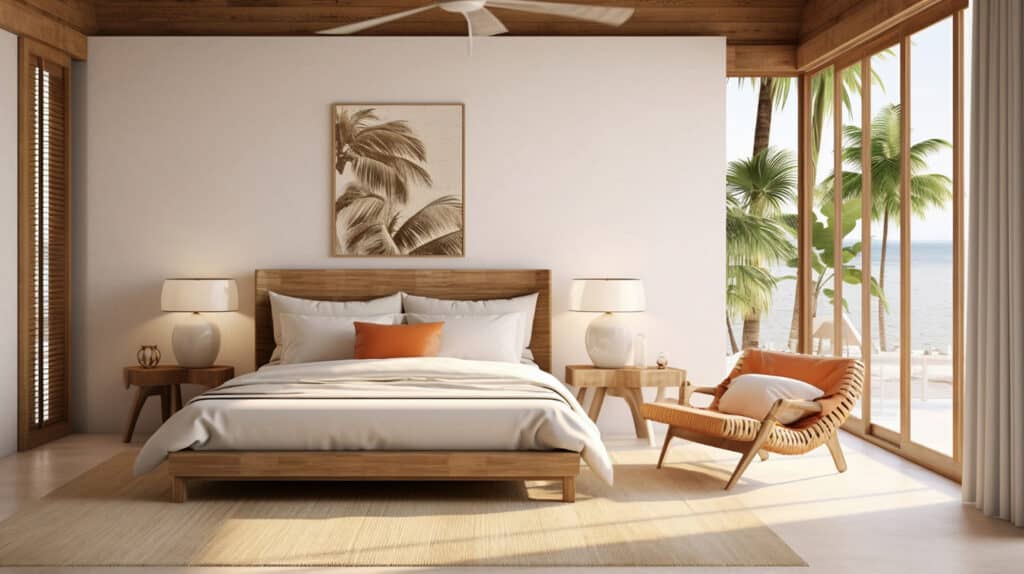
As we traverse from the living room to the bedroom, the variety of wooden furniture designs unfolds. Rustic charm emanates from reclaimed wood, while contemporary designs embrace sleek lines and minimalist aesthetics. Explore the craftsmanship behind each piece, discovering how wooden furniture contributes not only to aesthetics but also to the comfort and ambiance of a room.
6. Wood Accents and Paneling
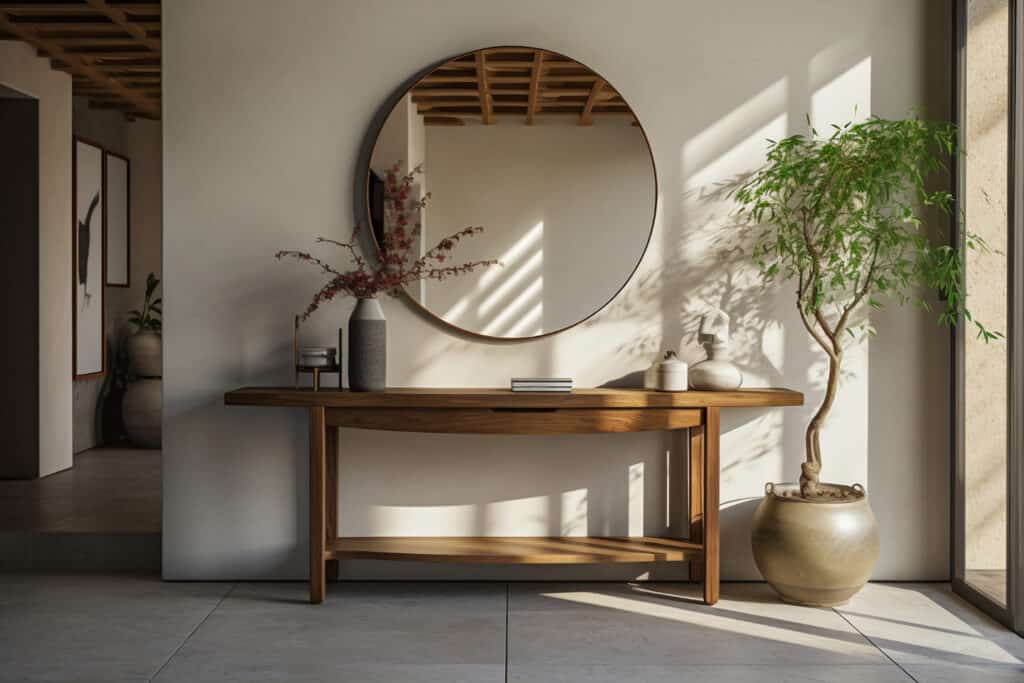
Beyond the realm of traditional furniture, wooden accents emerge as nuanced details that elevate a room’s aesthetic. Custom-built shelving, intricate paneling, and thoughtfully placed wooden sculptures become essential elements in creating a cohesive design. Explore how even the smallest details, such as a meticulously crafted wooden trim on a mirror, contribute to the overall visual appeal, weaving together a harmonious blend of textures and materials.
7. Lighting Fixtures and Wooden Decorations
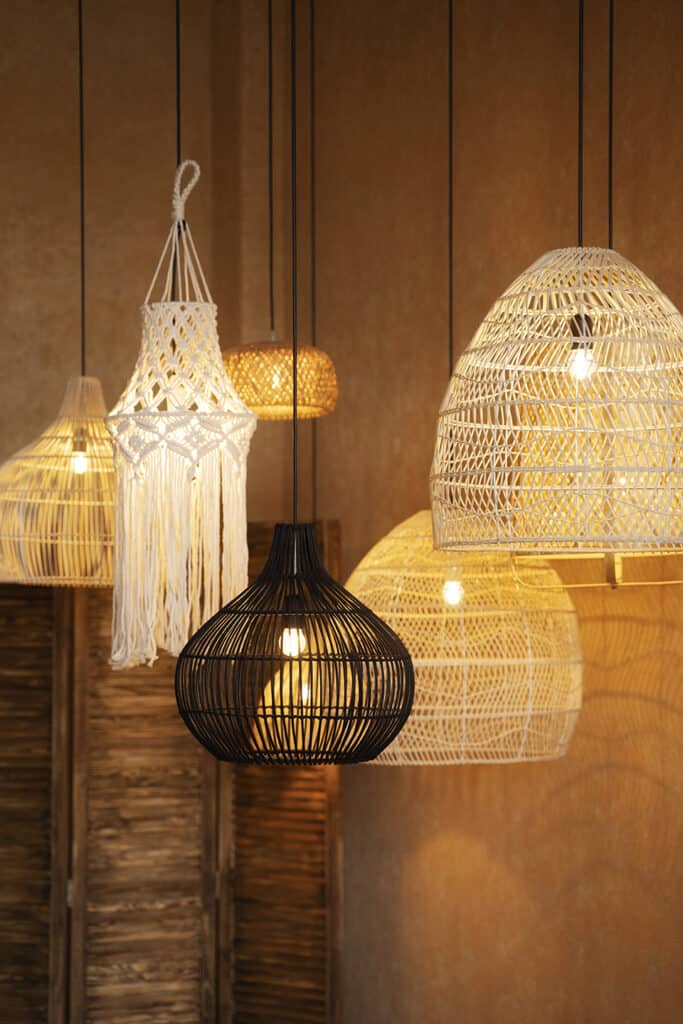
The interplay of light and shadow takes center stage with the introduction of wooden lighting fixtures. Pendant lights, chandeliers, and floor lamps adorned with wooden elements add warmth and sophistication to a space. Merge these fixtures with wooden décor items like sculptures and frames to curate a visually pleasing environment. The collaboration of light and wood enhances the overall ambiance, creating spaces that are not only functional but also visually enchanting.
8. Incorporate Wood in the Kitchen
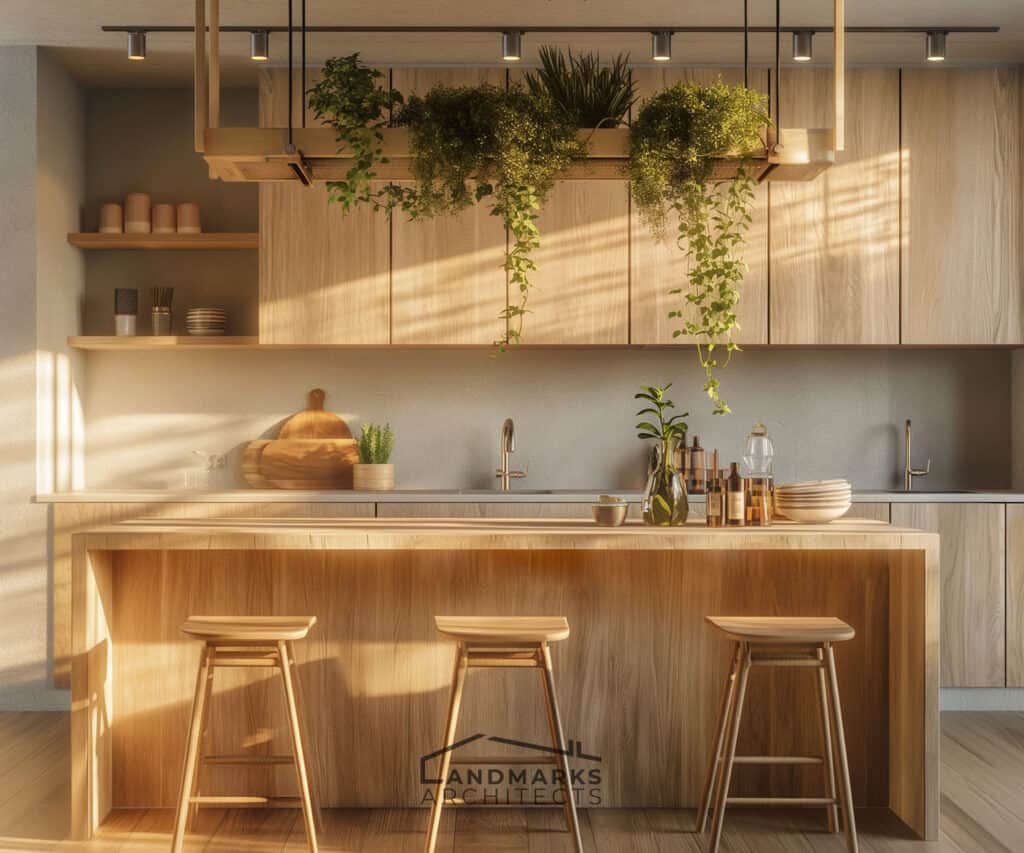
Wooden kitchen cabinets, spanning traditional to modern styles, infuse warmth and charm into kitchen spaces. Incorporating wood in interior design creates a harmonious and inviting atmosphere. From intricate traditional designs to sleek modern styles, wooden cabinets allow for customization, enabling homeowners to tailor their kitchens to unique preferences. The result is a space that not only serves practical functions but also reflects individual style, elevating the overall aesthetic of the home.
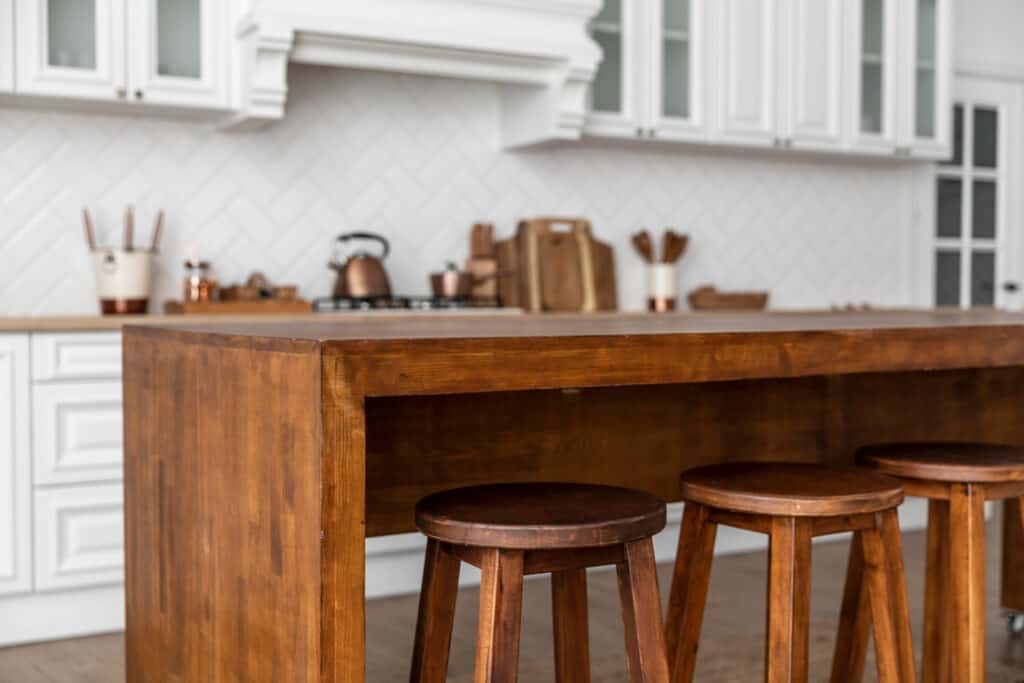
Wooden coffee tables, often associated with living room spaces, have found a place in modern kitchen design, adding a touch of sophistication and versatility. Incorporating a wooden coffee table in the kitchen introduces an element of relaxed elegance, serving both practical and aesthetic purposes. This innovative approach showcases the adaptability of wooden furniture beyond conventional spaces, highlighting its ability to enhance various aspects of interior design.
9. Color Combinations and Finishes
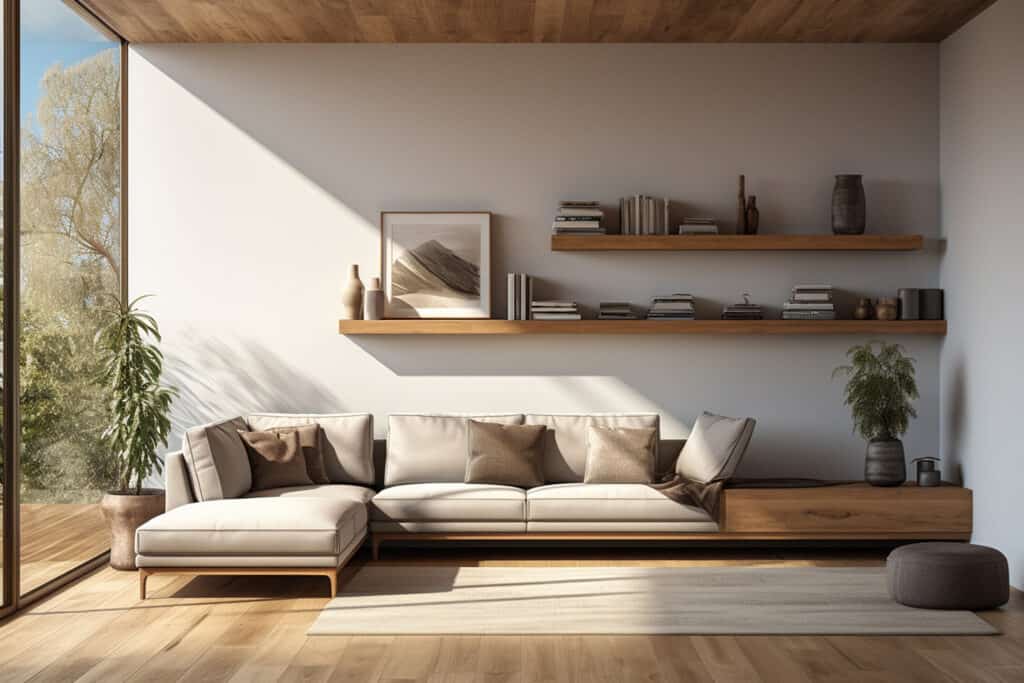
Harmonizing wood tones with the overall color scheme of a room is an art form. Explore the intricate interplay of colors and finishes, from the natural warmth of wood tones to the creative potential of painted or stained options.
This section serves as a guide through the process of achieving a cohesive look that complements the wood elements in your interior design. Uncover how finishes such as staining, varnishing, or painting can be tailored to achieve the desired aesthetic effect, whether a rustic, natural appeal or a more polished, modern look.
10. Maintenance and Care
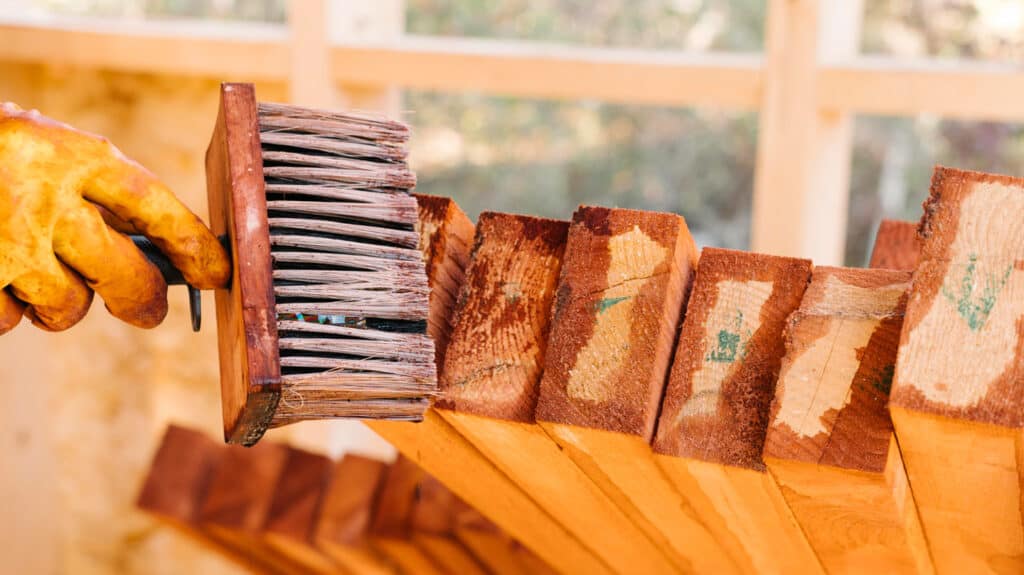
While the chick of wood is timeless, proper maintenance is paramount to preserving its innate beauty. Gain insights into practical tips for caring for wooden elements, from preventing scratches to safeguarding against moisture.
Sustainable practices underscore the importance of ensuring that your wooden furnishings stand the test of time, contributing not only to the longevity of the design but also aligning with eco-friendly principles. This section emphasizes the ongoing commitment to maintenance, ensuring that wooden elements remain pristine and contribute to the enduring allure of the overall design.
Wooden Interior Design Ideas: A Recap
In conclusion, the world of wood interior design is a vast and intricate canvas, with each wood type, design trend, and creative application contributing to the rich narrative of our living spaces. From the foundational choices of wood types to the smallest details of wooden accents, the natural beauty of wood has the power to transform ordinary spaces into extraordinary havens of comfort and style.
As you commence on your wood interior design journey, let these ideas inspire your creativity, and may your living spaces resonate with the timeless warmth of wood. Remember, the art of wood interior design is an ongoing process of discovery and expression, where every grain and hue contributes to the symphony of your unique living environment.










